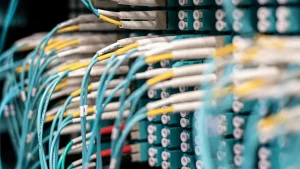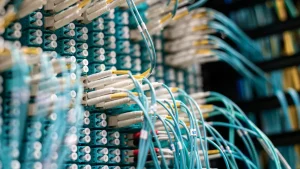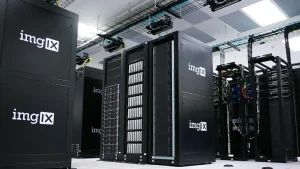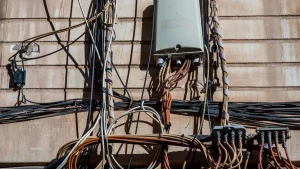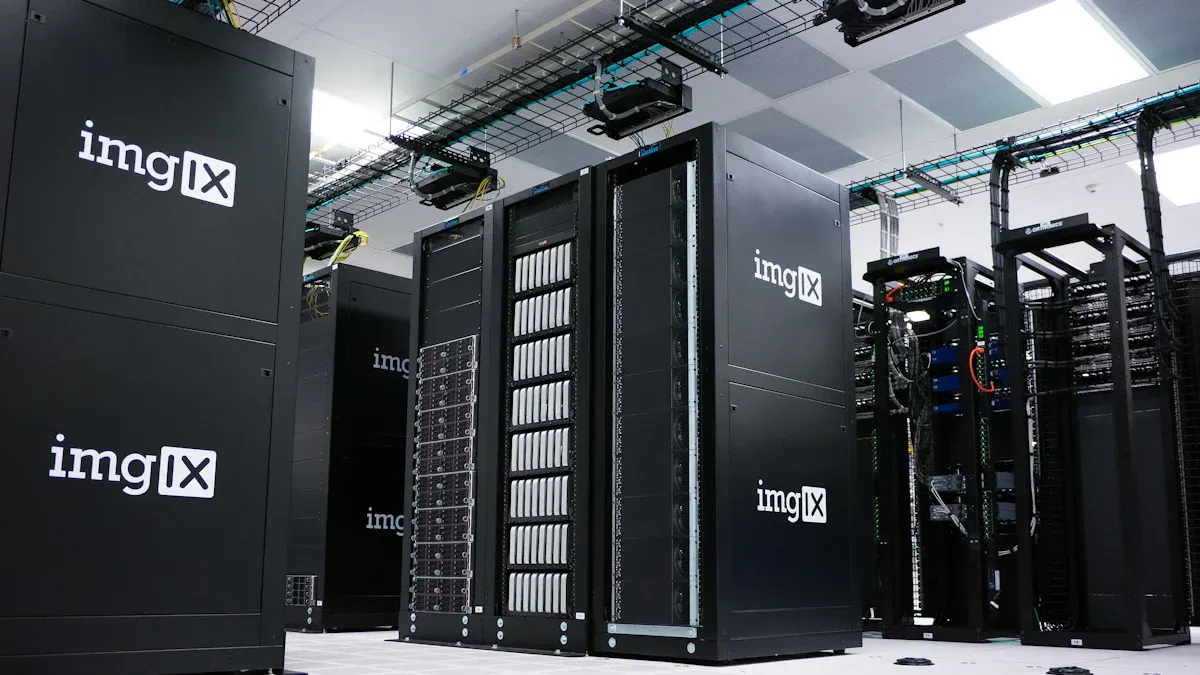
The global PDU market has expanded rapidly, driven by data center growth and digital transformation. Operators now require more than a basic PDU. Modern systems offer real-time monitoring, remote management, and advanced safety.
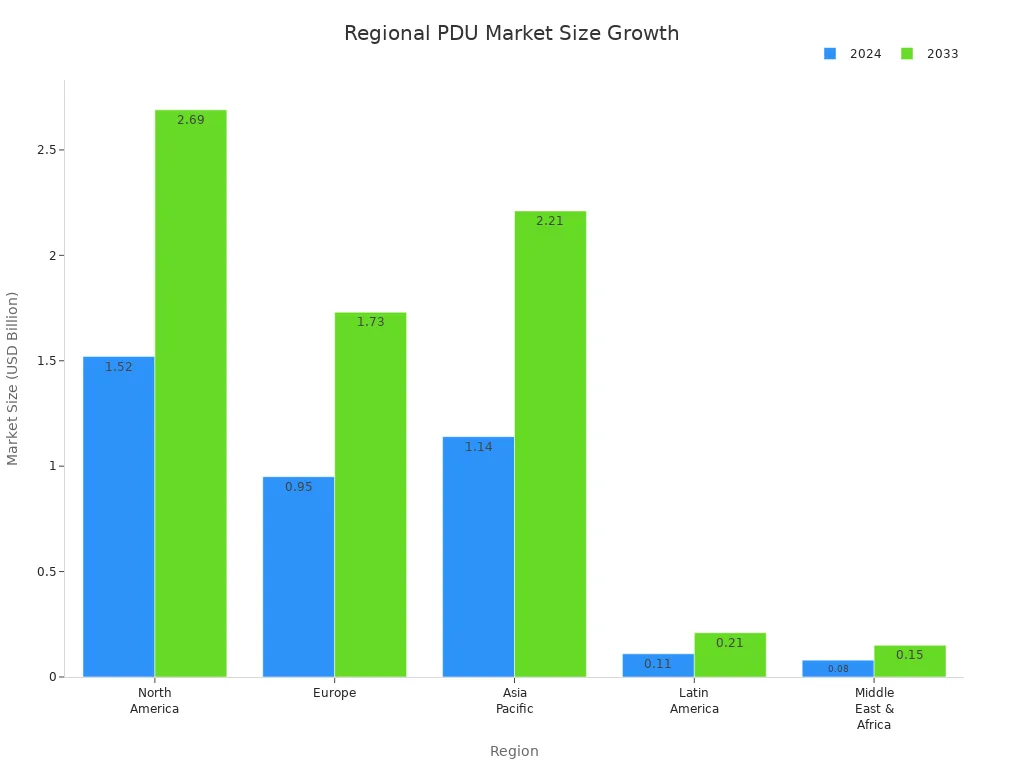
| Metric | Value (USD Billion) | Period |
|---|---|---|
| Market Size | 3.8 | 2024 |
| Projected Size | 6.9 | 2033 |
Key Takeaways
- Modern PDUs have evolved from simple power strips to intelligent systems that offer real-time monitoring, remote control, and advanced safety features, improving IT infrastructure reliability and efficiency.
- Modular and scalable PDU designs enable quick deployment and easy expansion, helping data centers grow smoothly while optimizing energy use and reducing downtime.
- Integration of environmental sensors and advanced analytics in PDUs supports proactive management, energy savings, and sustainability, making data centers safer and more cost-effective.
PDU Evolution: From Basic Power Strips to Intelligent Systems
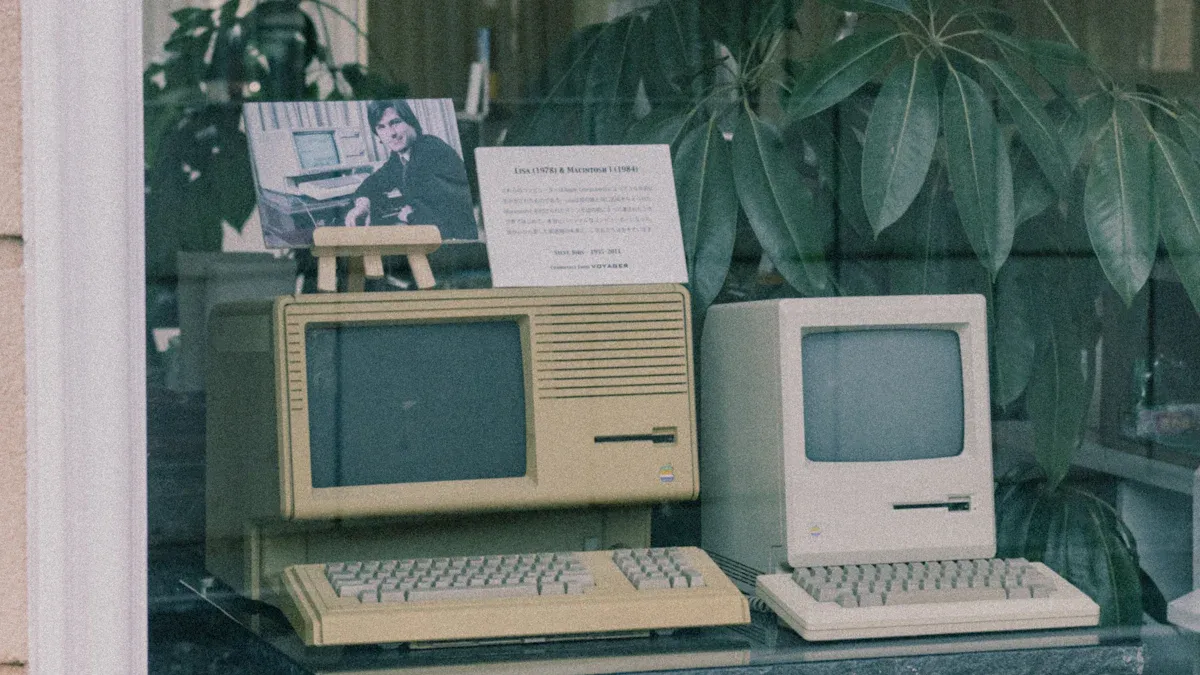
Early Power Distribution Challenges in IT
Early IT environments faced significant obstacles in distributing power efficiently and safely.
- Underfloor cabling often became congested, making maintenance and rerouting difficult.
- Power strips relied on a single feed, creating a single point of failure and no redundancy.
- Hardwiring and manual cabling under raised floors complicated upgrades and repairs.
- Cable congestion restricted airflow, which reduced cooling efficiency and increased the risk of overheating.
- Compliance with electrical codes limited the use of certain systems, pushing facilities toward more flexible solutions.
The First Generation of PDUs
The introduction of the first generation of PDUs marked a turning point. Metered PDUs provided digital displays for power usage, allowing managers to monitor consumption at a glance. This innovation distinguished them from basic power strips, which lacked monitoring and required manual inspection. Although these early PDUs did not offer detailed analytics or alerts, they represented a significant step toward proactive power management.
Standardization of Rack-Mount PDU Solutions
Industry standards such as EIA-310, IEC 60297, and TIA-942 improved interoperability and safety.
| Standard | Scope and Key Provisions | How It Improves Interoperability and Safety |
|---|---|---|
| EIA-310 | Defines rack width, units, mounting | Ensures equipment fits and can be swapped easily |
| IEC 60297 | International rack dimensions | Enables global interoperability |
| TIA-942 | Rack layout and airflow guidance | Enhances safety and uptime |
These standards ensured that PDUs and other equipment could be safely mounted and operated within standardized racks.
Circuit Protection and Safety Innovations
Modern PDUs incorporate circuit breakers, overload protection, and surge suppression. These features protect equipment from electrical anomalies and comply with international safety standards. Load balancing and real-time monitoring help prevent shutdowns and enable early detection of issues, reducing the risk of electrical hazards.
Remote Power Monitoring Capabilities
Advancements in remote monitoring have transformed operational efficiency. Real-time tracking at both unit and outlet levels allows for quick identification of inefficiencies. Integration with environmental sensors and power management systems supports load balancing and reduces downtime. Remote monitoring improves maintenance response times and enables predictive maintenance, ensuring reliable and scalable IT infrastructure.
Top 10 PDU Progress Points and Their Impact on IT Infrastructure
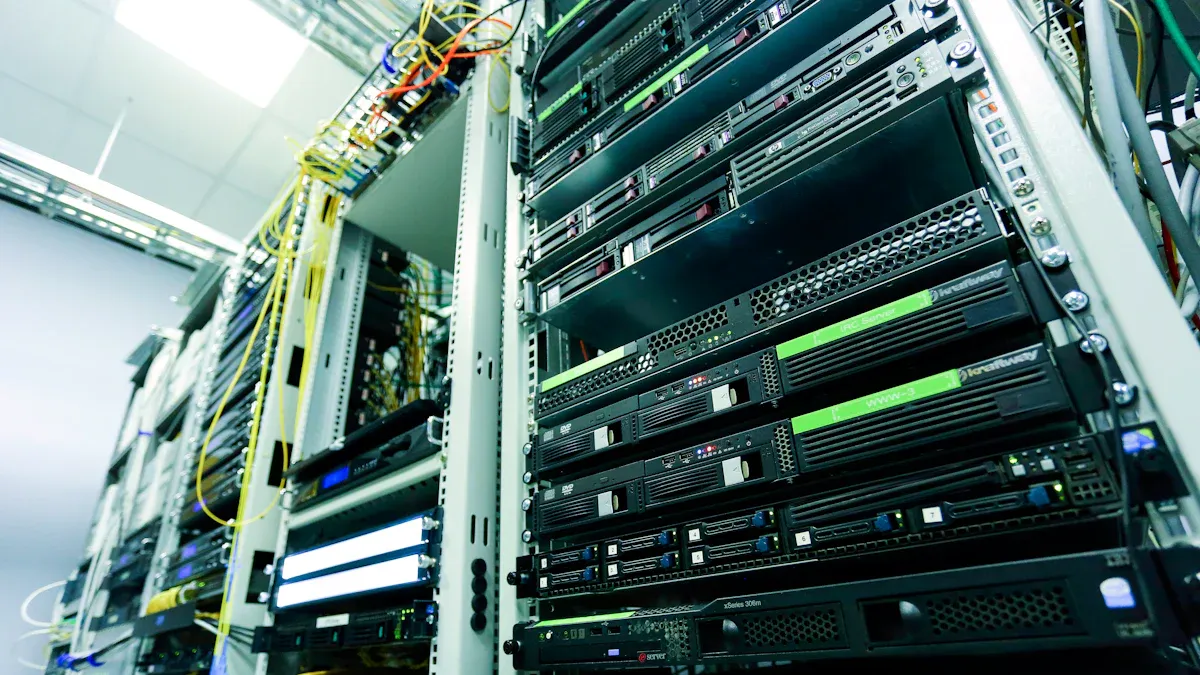
Integration of Environmental Sensors in PDUs
Modern PDUs now feature integrated environmental sensors that monitor temperature, humidity, and even water presence. These sensors provide continuous feedback, helping data center managers maintain optimal conditions and prevent equipment failures.
- Smart PDUs deliver real-time power usage data, revealing energy-saving opportunities and supporting capacity planning.
- Alerts from environmental sensors enable proactive risk mitigation, reducing downtime and supporting strategic upgrades.
- Integration with DCIM software allows centralized monitoring, remote troubleshooting, and accurate capacity planning.
- Environmental monitoring identifies hotspots and stranded servers, optimizing resource allocation and improving energy efficiency.
Modular and Scalable PDU Designs
The shift to modular and scalable PDU designs has transformed how IT teams deploy and expand infrastructure. Modular PDUs use standardized, pre-fabricated components, enabling rapid deployment and easy expansion.
| Feature/Aspect | Supporting Benefit/Explanation |
|---|---|
| Rapid Deployment | Pre-fabricated modules reduce on-site construction time, speeding up operational readiness. |
| Scalability | Incremental capacity expansion prevents over- or under-provisioning, optimizing capital use. |
| Customizable Configurations | Tailored designs adapt to diverse workloads and environments. |
| Reduced Downtime | Components can be replaced or upgraded without disrupting operations. |
| Energy Efficiency | Automated load balancing improves power usage and sustainability. |
This approach aligns infrastructure capacity with actual demand, minimizes waste, and supports urgent capacity expansions.
Intelligent PDUs with Network Connectivity
Intelligent PDUs with network connectivity have become essential for large-scale IT environments.
- They provide real-time monitoring of power usage, voltage, and thermal output, allowing administrators to detect and address issues before they escalate.
- Remote outlet-level control enables power cycling of individual devices, supporting energy optimization and reducing the need for on-site intervention.
- Integration with centralized management software offers actionable insights and long-term trend analysis, facilitating efficient power allocation and sustainability goals.
- These features ensure continuous operation, even if one power source fails, which is critical for high-availability environments.
Advanced Power Metering and Analytics
Advanced power metering and analytics in PDUs deliver measurable benefits for data centers.
| Benefit Category | Measurable Impact / Example |
|---|---|
| Energy Savings | Up to 20% reduction in energy consumption with smart PDUs |
| Efficiency Improvement | 2-3% increase in energy efficiency via high-efficiency transformers |
| Operational Efficiency | Real-time monitoring identifies energy-intensive equipment |
| Load Balancing | Even power distribution minimizes waste and overloads |
| Downtime Cost Reduction | Improved reliability and remote management reduce downtime costs |
| Sustainability Support | ENERGY STAR-certified centers saved 261,000 kWh annually |
| Automation & Remote Management | Automation reduces manual intervention, improving uptime |
| Metrics Support | Supports PUE and CUE benchmarking |
These capabilities help optimize energy usage, reduce operational costs, and support sustainability goals.
Remote Power Control and Outlet Switching
Remote power control and outlet switching have improved uptime and reduced maintenance costs for IT operations.
| Feature/Capability | Description | Impact on Uptime and Maintenance Costs |
|---|---|---|
| Remote Power Cycling | Reboots equipment remotely without physical presence | Minimizes downtime and reduces operational costs |
| Staged Power-Up Sequencing | Controls device power-up order after outages | Protects equipment and ensures stable restoration |
| Outlet Lockout | Locks unused outlets to prevent unauthorized connections | Enhances security and operational stability |
| Real-Time Monitoring and Alerts | Sends alerts on power issues and monitors device status | Enables proactive management and faster response |
| Automated Intelligent PDUs | Detects failures and automatically power-cycles outlets | Eliminates manual intervention, speeding up recovery |
| Energy Efficiency Management | Powers down non-essential equipment remotely | Reduces energy waste and supports uptime |
This automation ensures quick recovery from failures and reduces the need for technician visits.
Enhanced Security and Access Controls in PDUs
Security has become a top priority for network-connected PDUs.
- Encryption protects data transmission, while strong password policies and firewalls prevent unauthorized access.
- Digital certificates and secure boot processes ensure only authenticated firmware runs, reducing the risk of tampering.
- Hardware root of trust and third-party testing validate the effectiveness of these security measures.
- Certifications such as UL2900-1 require secure communication protocols and regular updates, making PDUs resilient against cyber threats like ransomware and DDoS attacks.
These features collectively create a robust defense against modern cyber threats and ensure compliance with industry regulations.
Eco-Friendly and Energy-Efficient PDU Technologies
Eco-friendly and energy-efficient technologies in PDUs support data center sustainability.
- Smart PDUs enable real-time monitoring and control, helping detect idle servers and optimize power usage.
- Advanced power quality monitoring identifies voltage sags, harmonic distortion, and other issues that can cause downtime or equipment damage.
- High-density and flexible outlet configurations reduce infrastructure costs and energy waste.
- Real-time visibility and alerting support proactive management, capacity planning, and identification of stranded capacity.
These innovations improve Power Usage Effectiveness (PUE) and align with sustainability goals.
Three-Phase PDU Solutions for High-Density Environments
Three-phase PDU solutions address the needs of high-density IT environments.
- They provide better load balancing and improved power quality, distributing power evenly across multiple circuits.
- Enhanced power handling supports high-performance computing, edge data centers, and cloud infrastructure.
- Modular designs allow seamless integration and incremental upgrades, minimizing downtime.
- These PDUs connect to higher capacity power sources, making them ideal for racks with multiple servers and devices.
Adoption of three-phase PDUs has accelerated in hyperscale and colocation data centers, supporting rapid capacity expansion and operational efficiency.
Custom PDU Solutions for Specialized Needs
Custom PDU solutions meet the unique requirements of specialized IT applications.
- They offer advanced monitoring at the infeed, branch, and outlet levels, enabling precise measurement of current, voltage, and energy consumption.
- Features include tailored socket configurations, surge protection, EMI/RFI filtering, and outlet-level control.
- Data centers have reported up to 20% reduction in energy costs and 30% fewer downtime incidents after adopting custom PDUs.
- Cryptocurrency mining operations and financial centers benefit from surge suppression, integrated UPS systems, and enhanced security.
These tailored solutions improve operational reliability, efficiency, and scalability.
The Role of PDUs in Modern Data Center Management
PDUs play a central role in modern data center management strategies.
- Smart PDUs enable real-time power and environmental monitoring, load balancing, and integration with DCIM tools.
- These features improve operational efficiency, energy optimization, and uptime.
- Companies like eBay have reduced operating costs by 50% using intelligent PDUs for detailed energy consumption tracking.
- Remote management reduces the need for on-site interventions, saving time and labor costs.
- Advanced alerting systems and load balancing prevent downtime and support sustainability initiatives.
PDUs now serve as the backbone of efficient, reliable, and sustainable data center operations.
The evolution of PDU technology has transformed IT infrastructure by enabling real-time monitoring, modular expansion, and improved energy efficiency.
Experts predict ongoing innovation will focus on sustainability, AI-driven analytics, and enhanced cybersecurity.
Key lessons for IT professionals include phased implementation, stakeholder engagement, and continuous training.
FAQ
What is the main difference between a basic PDU and an intelligent PDU?
Intelligent PDUs offer remote monitoring, outlet control, and analytics. Basic PDUs only distribute power without advanced features or network connectivity.
How do modular PDUs support data center growth?
Modular PDUs allow teams to add capacity quickly. They enable easy upgrades and replacements, which helps data centers scale without major disruptions.
Why do data centers use three-phase PDUs?
Three-phase PDUs deliver balanced power to high-density racks. They improve efficiency, reduce wiring complexity, and support demanding workloads in modern data centers.
